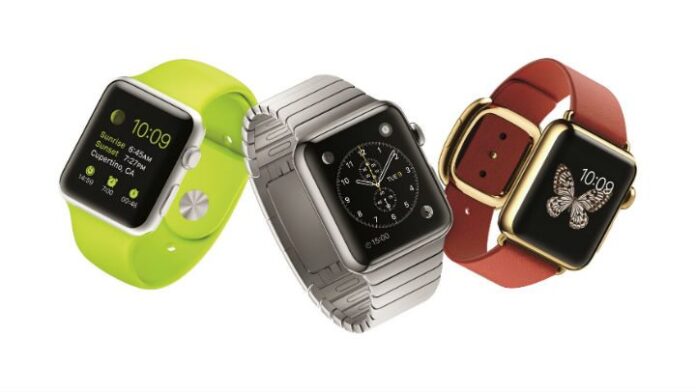Editor’s Note: In an attempt to broaden our interaction with our readers we have created this Reader Forum for those with something meaningful to say to the wireless industry. We want to keep this as open as possible, but we maintain some editorial control to keep it free of commercials or attacks. Please send along submissions for this section to our editors at: dmeyer@rcrwireless.com.
The technocrats in Silicon Valley seem to have placed their bets on the next big thing — wearables. According to ABI Research, 2014 alone will see 90 million wearable devices sold around the world, most of them in the health and wellness space, including fitness bands. These devices typically either pair to a smart phone or beam data to the cloud. The key component that launches the radio signal into space and makes the device “wireless” is the antenna. Unfortunately, it is also the component that receives the least respect and attention. Some initial investment in design and development of the antennas will go a long way in making a wearable device cheaper, smaller, more comfortable and better performing — quite simply, a more desirable product.
An antenna’s performance is related to its geometry and shape. Antennas can be produced in many ways, such as stamped metal pieces, laser structured metal patterns on injection-molded parts, or copper prints on a circuit board, to name a few. Recent market research suggests that the key factors that end users look for in a wearable device are low cost, comfort, ease of use and performance — all of which are directly affected by the antenna design. This suggests that every wearable device manufacturer should invest in a good antenna solution. However, many of the currently available devices use “copy and pasted” reference designs provided by the radio chip manufacturer or fit in off-the-shelf antenna offerings instead of customizing one for their particular need. Through many conversations with device manufacturers about their design decisions, I have unearthed several myths.
Myth 1: An antenna can be treated like a passive part (e.g. capacitor) and dropped into a circuit.
The performance of an antenna is a function of the environment in which it lives. The same antenna will perform differently when it’s on a manufacturer’s development board versus in a product. Unlike most components in a design that can be dropped in with a predictable effect on the circuit, an antenna is affected by everything around it. Antennas for wearable devices need to be designed carefully because every mechanical, electrical and material feature in the device will affect the antenna’s performance.
Myth 2: Reference antenna designs provided by the radio chip manufacturers are the best possible solution.
Reference designs are merely a guide that aid quick prototyping. The optimal antenna design for a wearable device is one that maximizes performance without increasing size and cost, and one that performs adequately in all the use case scenarios for the product.
Myth 3: Off-the-shelf ceramic antennas provide the best compromise between size, cost and performance.
This is one of the most common myths that need debunking. Ceramic antennas are indeed smaller than their metallic cousins, but achieving the performance touted in the manufacturers’ data sheet requires dedicated real estate on the circuit board’s ground plane and clearance areas around the antenna. All this adds to the size of the circuit board, making the device size bigger. It is true that there is an initial upfront cost involved in designing a custom antenna solution. However, the custom designed antenna will perform better and could be better integrated into the product than an off-the-shelf alternative.
Myth 4: The human body can be treated like a big capacitor and affects all antennas the same way.
Antennas can be classified as electric (e.g. dipole) or magnetic (e.g. Loop) antennas. Electric antennas are affected more significantly by the human body because the body tissue is a lossy dielectric. It is not sufficient to merely treat the human body as a big capacitor due to the way the body affects the antenna. The effect of the body differs depending on the location of the antenna on the body, and on body morphology (e.g. fat, muscular or skinny).
Myth 5: The antenna’s efficiency can be improved by matching the antenna’s impedance (complex resistance) to the impedance of the radio chip.
True, but matching circuits can never fully compensate for a poor antenna. Improving the matching circuit improves the amount of power delivered to the antenna from the radio chip, but an inefficient antenna launches only a fraction of the power from the radio chip into space, resulting in poor radio performance.
In summary, although the antenna is only one component of a wearable device, it has the ability to make the difference between an ordinary device and a true game changer. Moreover, it is critical to delivering a satisfactory user experience. Wearable device manufacturers take note; in order to stand out from the crowd, spend time and effort on upfront design and development cost to get it right.

